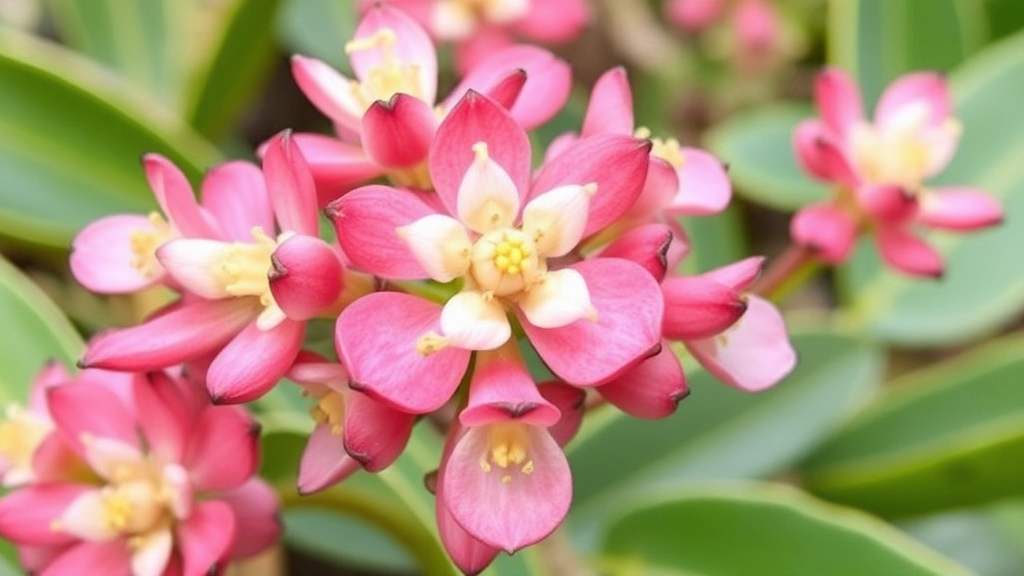Growing Kalanchoe Blossfeldiana from Seeds
Looking to grow your own Kalanchoe Blossfeldiana from seeds? You’re in the right place! As a succulent lover myself, I know how rewarding it can be to watch these vibrant plants flourish. In this guide, I’ll walk you through the essential steps—from sowing the seeds to ensuring they thrive in your home. Let’s dive into the world of Kalanchoe Blossfeldiana seeds and get you started on your gardening journey.
Sowing Kalanchoe Blossfeldiana Seeds
First things first, let’s talk about how to sow Kalanchoe Blossfeldiana seeds. You’ll need a well-draining soil mix and a shallow container. Sprinkle the seeds evenly and cover them lightly with soil. Keep the soil moist but not waterlogged, and place the container in a warm, bright spot. With the right care, you’ll see tiny seedlings emerge in no time!
How to Sow Kalanchoe Blossfeldiana Seeds
Sowing Kalanchoe Blossfeldiana seeds can seem daunting, especially for those new to gardening. You may wonder about the best methods to ensure successful germination and growth.
Preparation for Sowing
Before you begin, gather your materials:
Ideal Soil Mix and Conditions for Germination
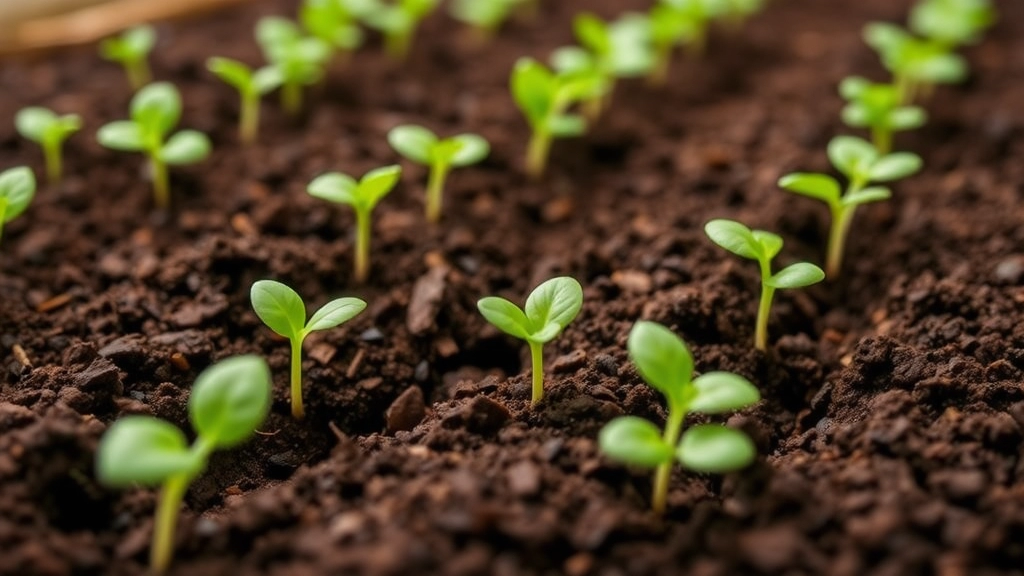
So, you’re ready to get those Kalanchoe Blossfeldiana seeds sprouting, right? The soil mix you choose is crucial for giving your seeds the best chance to thrive.
What’s the Best Soil Mix?
You’ll want a well-draining soil that keeps things airy. Here’s what I recommend:
- Cactus Mix: This is a fantastic option. It’s designed for plants that don’t like soggy roots.
- Perlite: Mixing in some perlite can improve drainage even further. Just a handful will do.
- Peat Moss or Coconut Coir: These help retain some moisture without making the soil too heavy.
Conditions for Germination
Now, let’s talk about conditions. Kalanchoe seeds need warmth and some humidity to kickstart germination. Here’s how to set it up:
- Temperature: Aim for a cozy 20-25°C (68-77°F). If it’s too cold, the seeds might just sit there, sulking.
- Humidity: A slightly humid environment helps. You can use a plastic cover or a humidity dome to keep things moist but not soggy.
Final Touches
Make sure the soil is lightly moist before you sow your seeds. You don’t want it dripping wet, just damp enough to encourage germination.
Best Time and Temperature for Seed Germination
When it comes to successfully germinating Kalanchoe Blossfeldiana seeds, timing and temperature are crucial factors.
Steps to Create a Humid Environment for Seed Growth
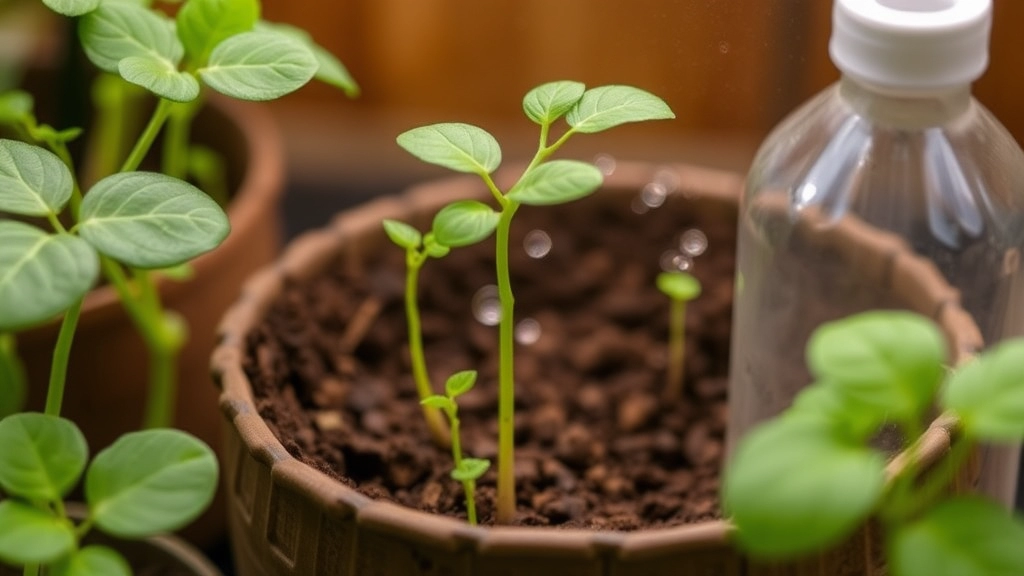
Creating a humid environment is essential for the successful germination of Kalanchoe Blossfeldiana seeds. If you’re finding that your seeds are struggling to sprout, humidity might be the missing piece. Here’s how to effectively create that ideal humid atmosphere.
1. Use a Humidity Dome
A humidity dome can significantly enhance moisture retention.
- Materials: You can use a plastic lid, a clear plastic bag, or a dedicated seedling humidity dome.
- Placement: Ensure it covers the seed tray or pots adequately.
2. Mist Regularly
Misting helps maintain moisture levels.
- Frequency: Lightly mist the surface daily, especially in dry conditions.
- Technique: Use a spray bottle for an even distribution of water.
3. Water from Below
Bottom watering can prevent over-saturation on the surface.
- Method: Place your seed trays in a shallow tray filled with water for about 30 minutes.
- Result: This allows the soil to absorb moisture without disturbing the seeds.
4. Monitor Temperature
Humidity and temperature go hand in hand.
- Ideal Range: Aim for a temperature between 20°C to 25°C (68°F to 77°F).
- Tools: Use a thermometer to keep track and adjust as needed.
5. Group Your Seedlings
Plants release moisture through transpiration.
- Tip: Place your seed trays close together to create a mini greenhouse effect.
6. Use a Heat Mat
For consistent warmth, consider a heat mat.
- Benefits: This can help maintain an optimal temperature, promoting humidity retention.
V. Light and Watering Requirements for Seedlings
Once your Kalanchoe Blossfeldiana seeds have germinated, the next crucial step is ensuring they receive the right light and watering conditions.
Light Requirements
Kalanchoe seedlings thrive in bright, indirect sunlight. Here’s what you need to know:
- Ideal Light: Place your seedlings in a location that receives plenty of filtered light. Direct sunlight can scorch the delicate leaves.
- Duration: Aim for about 12 to 14 hours of light each day. If natural light is limited, consider using grow lights to supplement.
- Rotation: Rotate your seedlings every few days to ensure even growth and prevent them from leaning towards the light source.
Watering Requirements
Watering is equally important for the healthy growth of your seedlings. Here are some guidelines:
Common Mistakes to Avoid When Growing Kalanchoe from Seeds
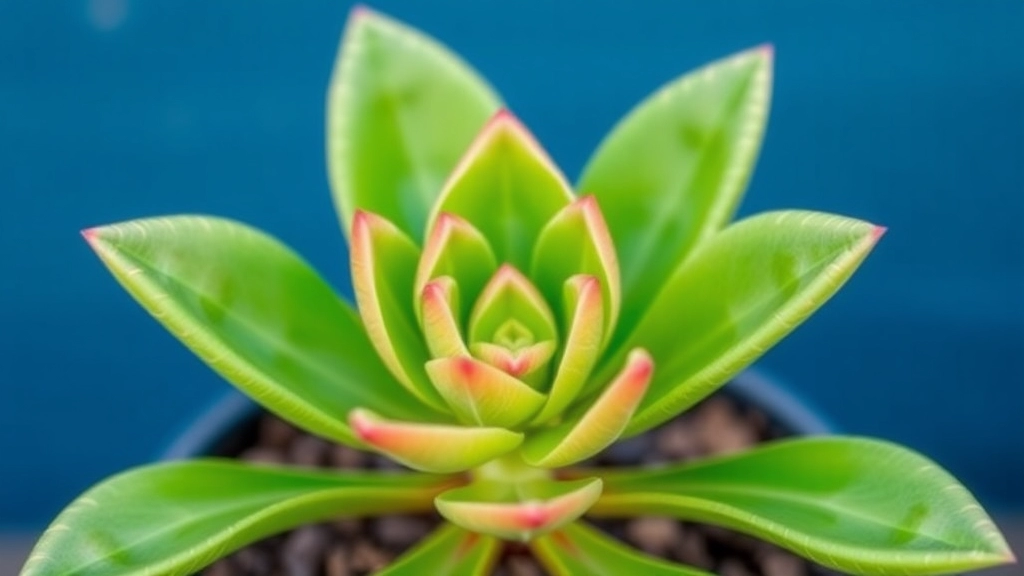
So, you’ve got your seeds and you’re all set to start your Kalanchoe journey. But wait! Before you dive in, let’s chat about some common pitfalls that can trip you up along the way. Trust me, avoiding these mistakes can save you a lot of frustration and ensure your plants thrive.
1. Overwatering
One of the biggest blunders is overwatering. Kalanchoe loves to dry out between waterings.
- Tip: Stick your finger in the soil. If it feels dry an inch down, it’s time to water.
2. Ignoring Light Needs
Kalanchoe needs bright, indirect light to germinate well.
- Mistake: Placing them in a dark corner thinking they’ll be fine.
- Tip: A south or west-facing window is perfect.
3. Using the Wrong Soil Mix
Not all soil is created equal.
- Mistake: Using heavy garden soil can suffocate the seeds.
- Tip: Go for a well-draining mix, like a cactus or succulent blend.
4. Skipping Humidity
Kalanchoe seeds thrive in a humid environment.
- Mistake: Not creating a humid space can lead to poor germination.
- Tip: Use a plastic cover or a humidity dome to keep moisture in.
5. Neglecting Temperature
Temperature plays a crucial role in seed germination.
- Mistake: Keeping seeds in a chilly spot.
- Tip: Aim for a warm area, ideally between 20-25°C (68-77°F).
6. Transplanting Too Soon
It’s tempting to move your seedlings as soon as they pop up.
- Mistake: This can shock them and stunt growth.
- Tip: Wait until they have a couple of true leaves before transplanting.
7. Lack of Patience
Germination can take time, and impatience can lead to mistakes.
- Tip: Keep the faith! Some seeds may take a few weeks to sprout.
When and How to Transplant Seedlings
Transplanting Kalanchoe seedlings can be a daunting task for many gardeners.
When is the right time to make this move?
Long-Term Care and Maintenance for Mature Kalanchoe Plants
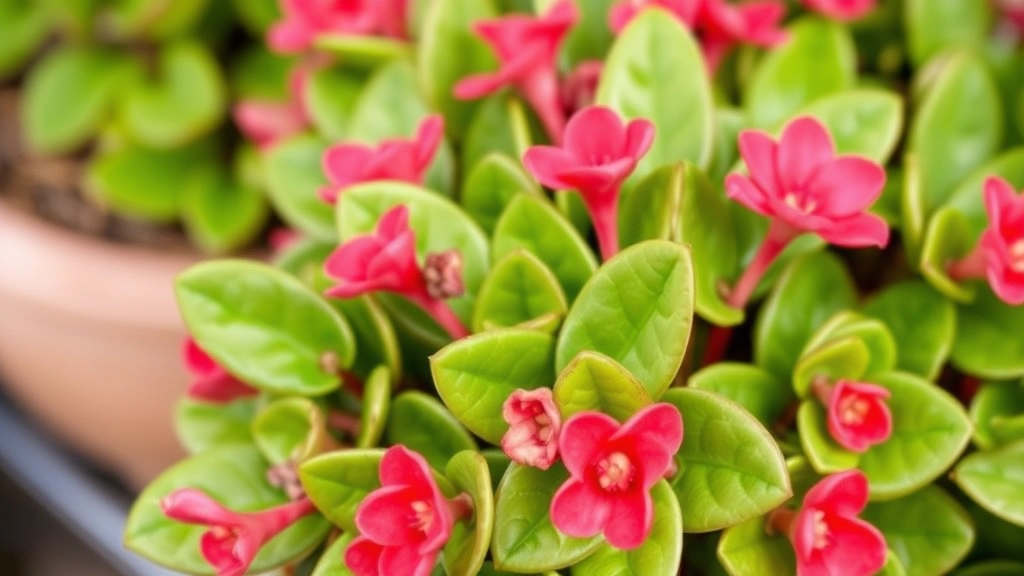
So, you’ve successfully nurtured your Kalanchoe Blossfeldiana from seed to a mature plant. Now, you might be wondering, “How do I keep this beauty thriving?”
Caring for your Kalanchoe over the long haul is pretty straightforward, but there are a few key points to keep in mind.
Watering Wisely
- Let it Dry: Kalanchoe loves to dry out between waterings. Aim to water when the top inch of soil feels dry.
- Avoid Overwatering: This plant hates soggy roots. Too much water can lead to root rot, so be cautious!
Feeding Your Plant
- Fertilize Sparingly: A balanced, water-soluble fertiliser every 4-6 weeks during the growing season can work wonders. Just dilute it to half strength.
- Skip Winter Feeding: Your Kalanchoe will slow down in winter, so hold off on fertilising during this time.
Light Requirements
- Bright, Indirect Light: Place your Kalanchoe in a spot where it gets plenty of bright, indirect sunlight. Too much direct sun can scorch the leaves.
- Rotate Occasionally: To encourage even growth, rotate your plant every few weeks.
Pruning for Health
- Trim Dead Leaves: Regularly remove any dead or yellowing leaves to keep your plant looking fresh.
- Encourage Bushiness: If you want a fuller plant, pinch back the tips of the stems.
Pest Patrol
- Check for Pests: Keep an eye out for common pests like mealybugs and aphids. A quick spray of insecticidal soap can help if you spot any.
- Regular Inspection: Make it a habit to check your plant regularly. Prevention is key!
Repotting
- When to Repot: If you notice roots coming out of the drainage holes, it’s time for a bigger pot. Generally, every 2-3 years is a good rule of thumb.
- Use Fresh Soil: Always use fresh potting mix when repotting to give your Kalanchoe a nutrient boost.
Potential Pests and Diseases to Watch Out For
As you nurture your Kalanchoe Blossfeldiana seedlings, it’s essential to remain vigilant about potential pests and diseases that could jeopardise their growth.
FAQs on Kalanchoe Blossfeldiana Seeds
What is the best soil mix for Kalanchoe Blossfeldiana seeds?
You should use a well-draining soil mix. A cactus mix is ideal, and you can enhance it by adding perlite for extra drainage. Peat moss or coconut coir can help retain moisture without making the soil too heavy.
What temperature is ideal for germinating Kalanchoe Blossfeldiana seeds?
The ideal temperature range for germination is between 20-25°C (68-77°F). Maintaining this temperature will help kickstart the germination process.
How can I create a humid environment for my seeds?
Using a humidity dome, misting regularly, bottom watering, and maintaining the right temperature are effective ways to create a humid environment. You can also group your seedlings and use a heat mat for consistent warmth.
What are common mistakes to avoid when growing Kalanchoe from seeds?
Avoid overwatering, ignoring light needs, using the wrong soil mix, skipping humidity, neglecting temperature, transplanting too soon, and lacking patience. Each of these mistakes can hinder the growth and health of your plants.
How often should I water mature Kalanchoe plants?
Water your mature Kalanchoe plants when the top inch of soil feels dry. These plants prefer to dry out between waterings to avoid root rot.
What type of light does Kalanchoe need?
Kalanchoe plants thrive in bright, indirect light. Placing them in a south or west-facing window is ideal. Rotate the plant occasionally to encourage even growth.
How should I fertilize my Kalanchoe plant?
Use a balanced, water-soluble fertilizer every 4-6 weeks during the growing season, diluted to half strength. Avoid fertilizing during the winter months when the plant’s growth slows down.
When should I repot my Kalanchoe plant?
Repot your Kalanchoe when you see roots coming out of the drainage holes, generally every 2-3 years. Use fresh potting mix to provide a nutrient boost.
How do I prevent pests on my Kalanchoe plant?
Regularly inspect your plant for common pests like mealybugs and aphids. Use insecticidal soap if you spot any pests. Regular inspections and preventive measures are key to keeping your plant healthy.
References
-
Gardening Know How: Kalanchoe Care â How To Grow Kalanchoe
-
The Spruce: How to Grow Kalanchoe Indoors
-
The Old Farmer’s Almanac: Kalanchoe
